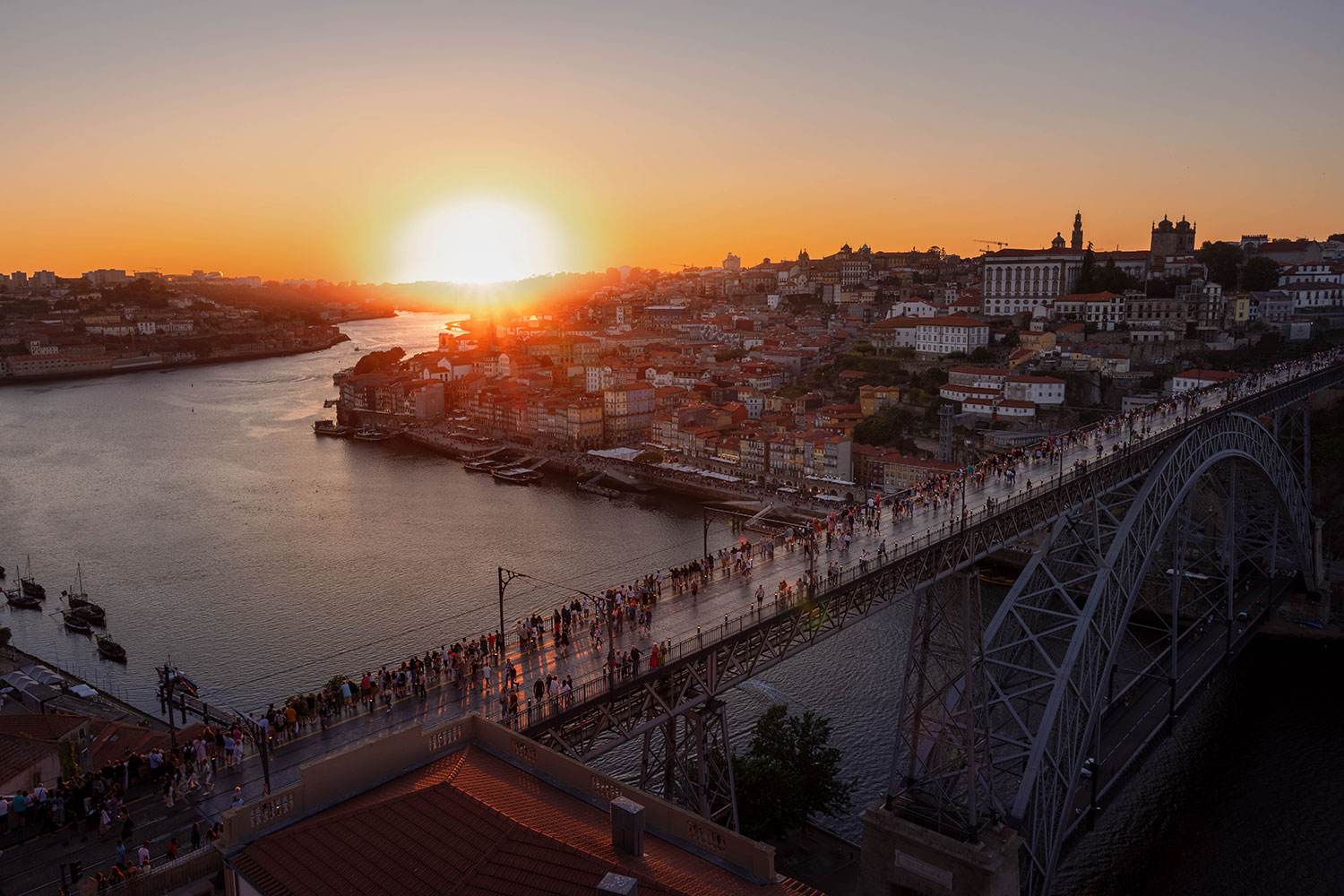
Your guide to Photographing Porto, Portugal
Porto is a city that immediately inspires camera-wielding visitors. With a vibrant energy and colourful photography locations, you’re not only treated to creative opportunities and experiences, but street musicians will form a soundtrack around every other corner as you stroll through the city.
A highlight of photographing Porto is the wonderful Douro River with its six iconic bridges, and enchanting old and historic buildings. Luckily not all of them have been extensively restored (yet) and they’re dotted with wonderfully creative street art and cultural glimpses.
Porto, like most cities in my opinion, is best explored on foot. Beyond the content of this guide, there is something to be discovered on every path, in addition to finding a great atmosphere across the historic centre of town. That said, walking Porto can be quite an exercise due to the steep roads winding up the river valley, but as usual this gets rewarded with great views.
*This guide was written and photographed by Julie Baaske, a contributor of The Wandering Lens who spent a lot of time exploring and discovering the city of Porto with her camera. I hope you enjoy her insights as much as I do!
A mix of Porto photography locations have been included throughout this guide to fill your day and keep your camera busy from before sunrise to way after sunset. Take a peek, view the map at the end of the guide and leave a comment if you’ve got somewhere to recommend too!
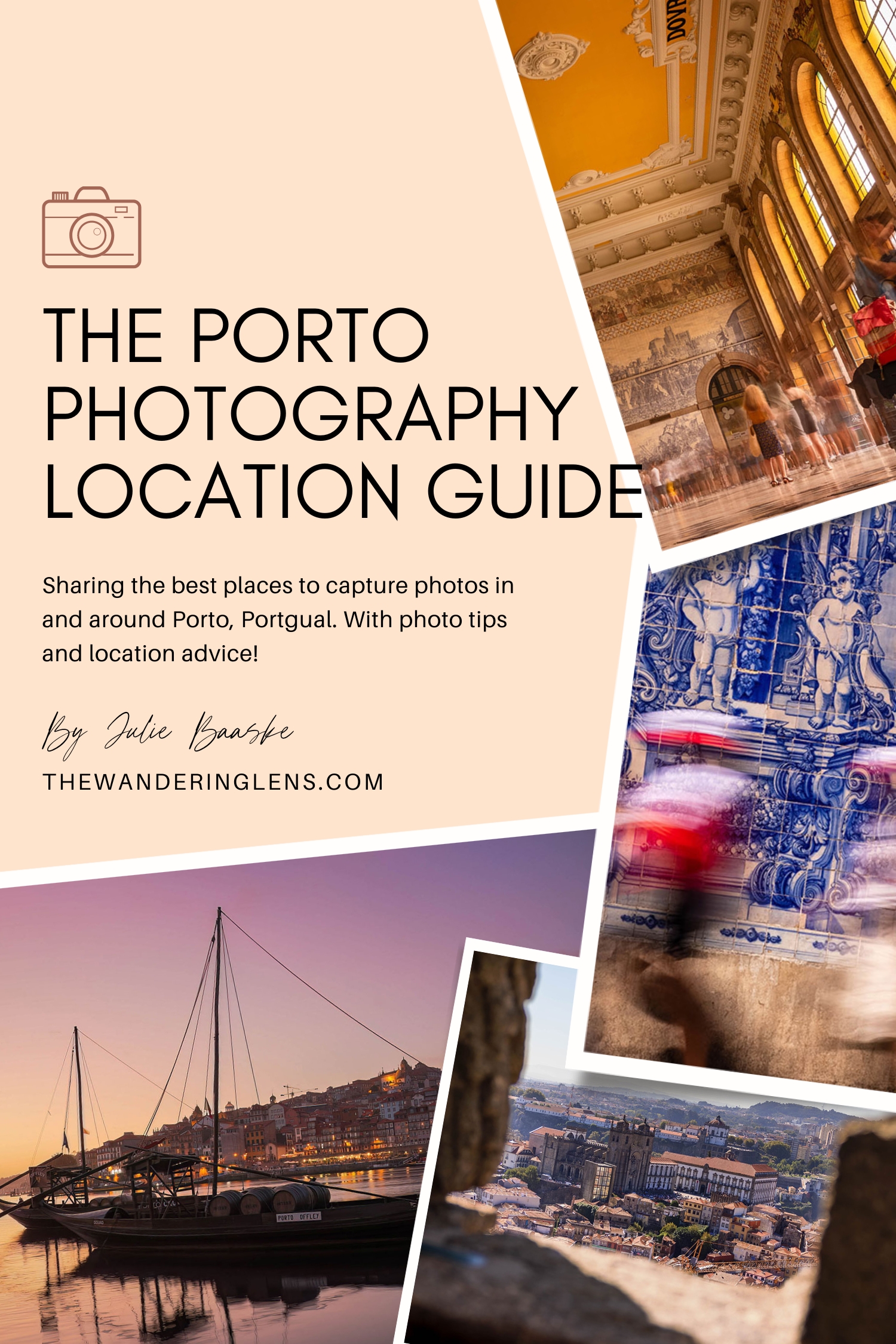
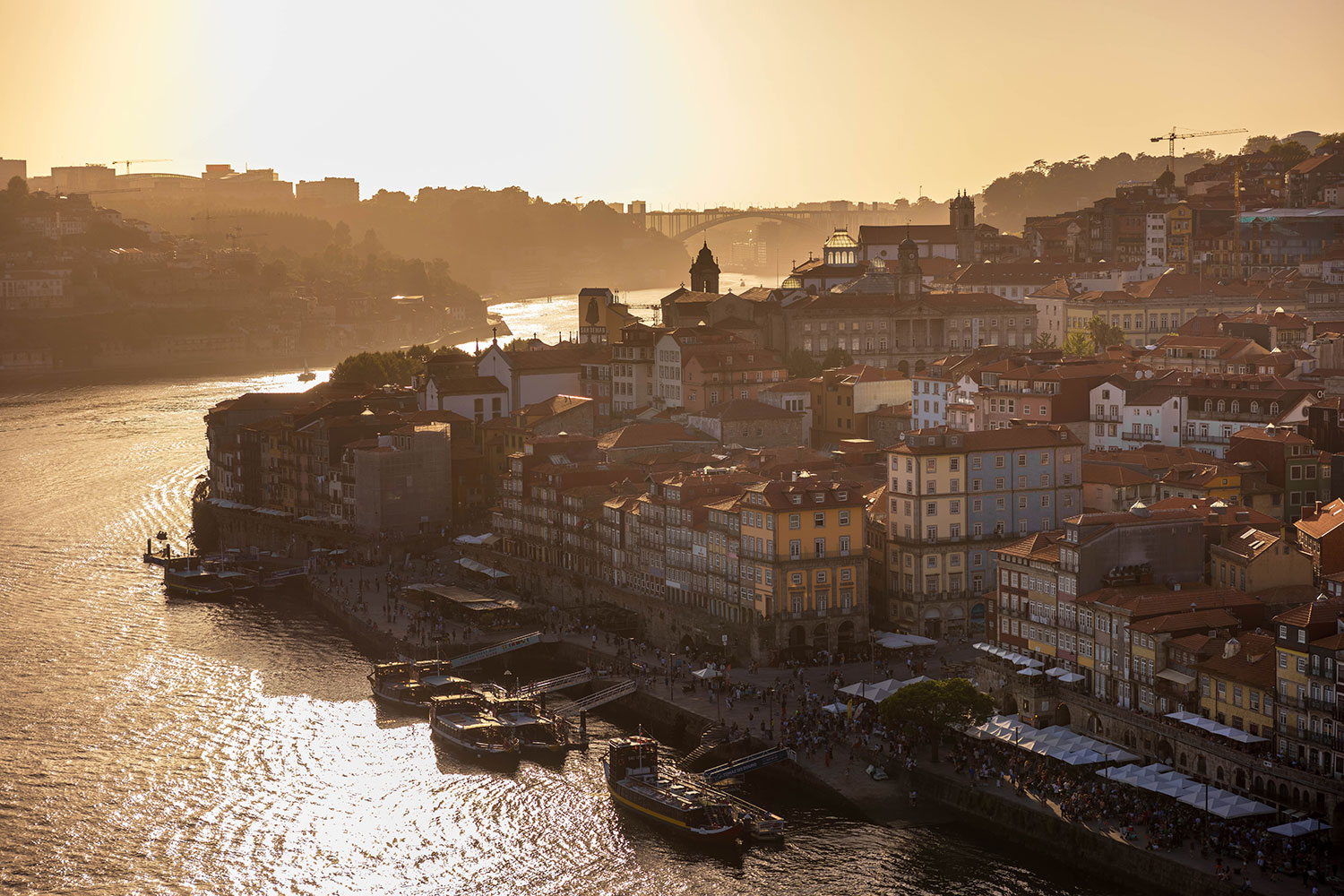
PORTO PHOTOGRAPHY LOCATIONS
1. Capela das Almas – Chapel of Souls
The Capela das Almas is one of these lovely Azulejotile (traditional painted ceramic tile-work) covered Baroque churches. While it isn’t easy to produce creative imagery of the complete church that is quite cramped in between rows of houses and a busy street right in the middle of the shopping district, the white and blue scenes that wrap the exterior provide an amazing background for street photography.
If you use this background to photograph someone passing by, opt for some longer exposure shots (don’t forget your ND filters) to create some contrast between these detailed tiles and the movement. My favourite photos are double exposures and this location works every hour of the day or night if you want. I didn’t even mind the midday-sun in this location, as it didn’t impact my more artistic approach and allowed me to have more options with a lot of people passing by. Early mornings are best to avoid that, if you’re seeking a more crowd free experience.
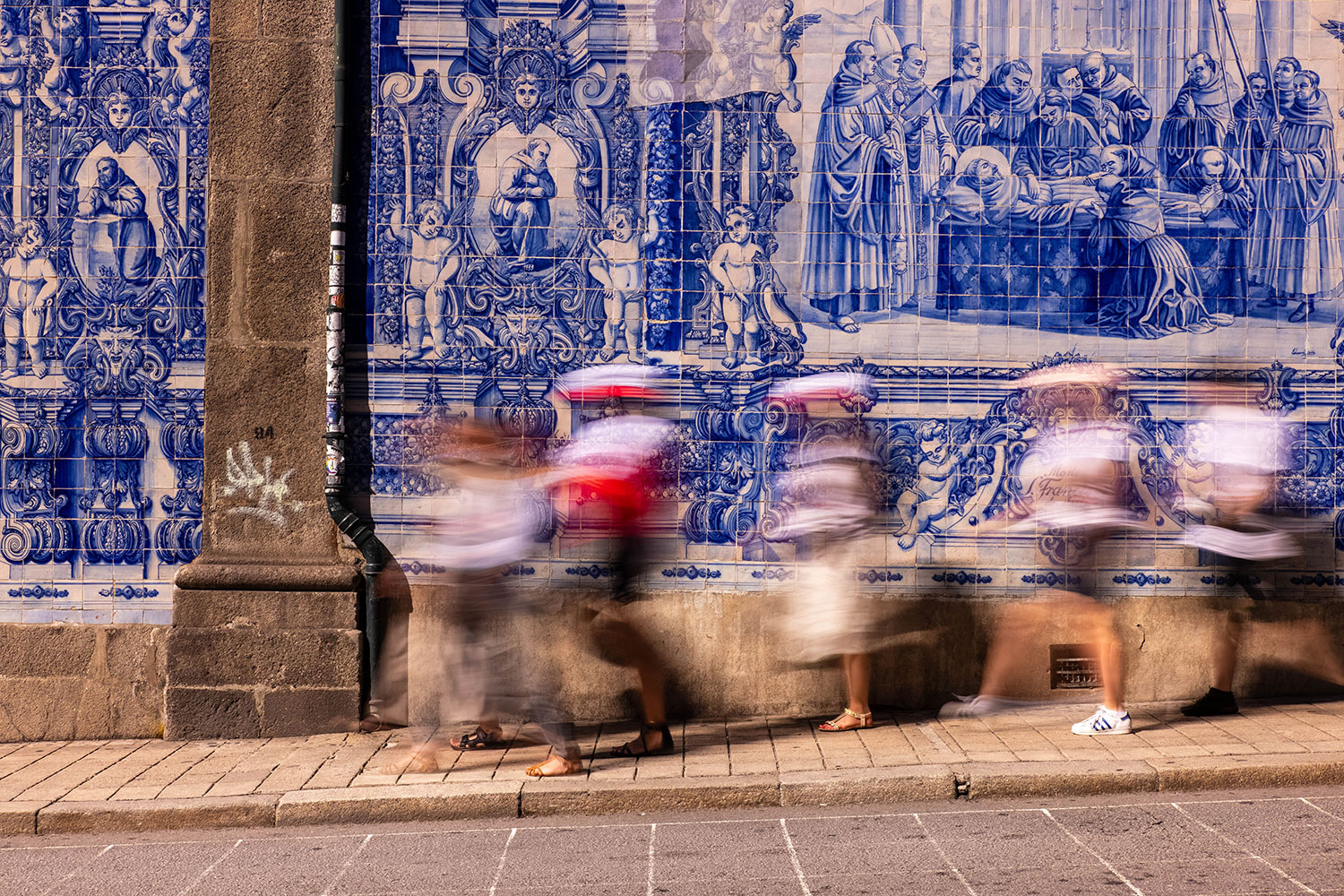
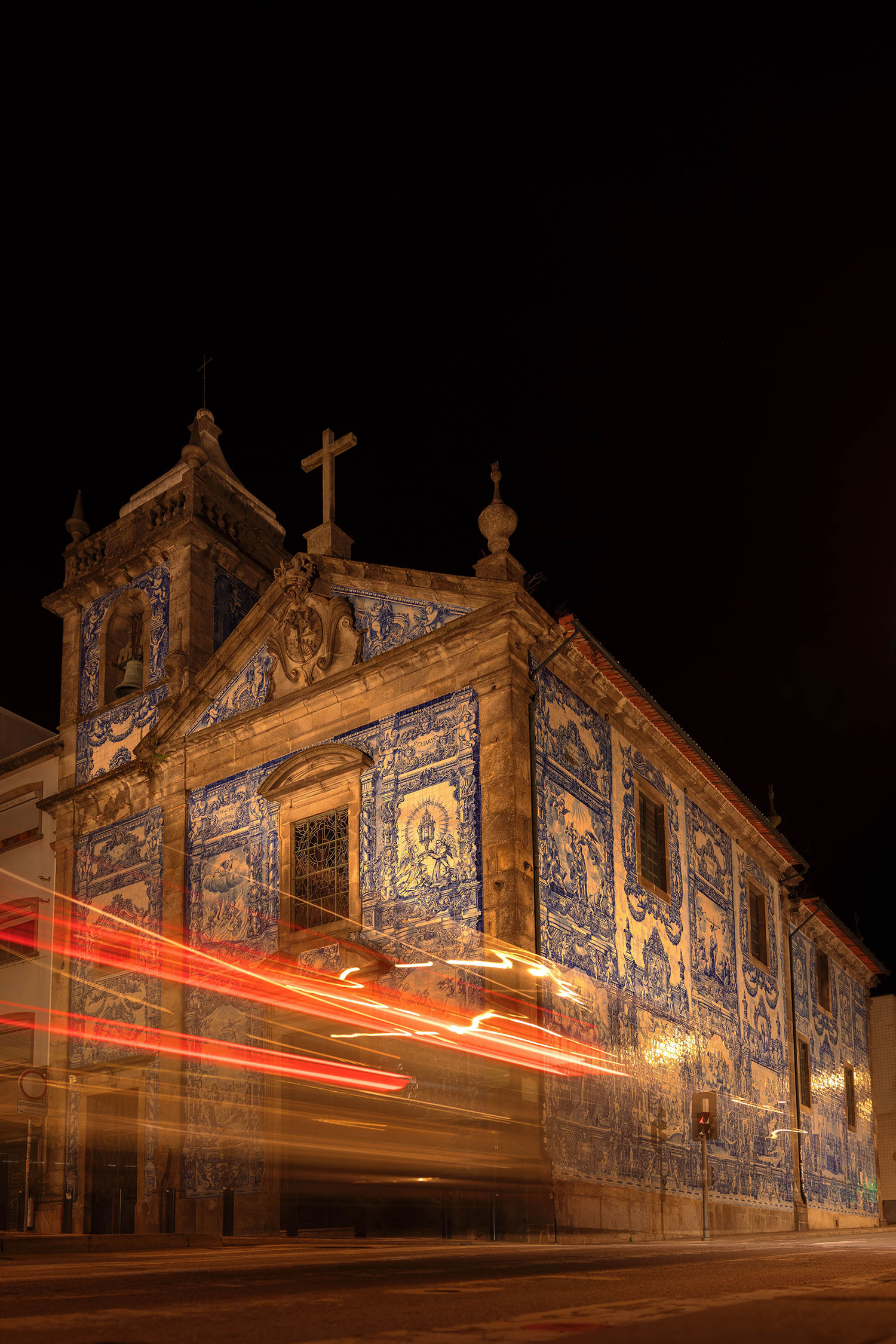
2. Mercado do Bolhão – Bolhão Market
Right around the corner from Capela das Almas you will find the historic Bolhão Market. Besides offering all sorts of fresh local delights to eat and drink, the colourful stalls make for a photogenic contrast alongside a beautiful geometric architecture. I especially liked to photograph the interior on the ground floor or from the balconies. At some point, though, I was told by security to put my tripod away, as I wasn’t aware at the time, but it is forbidden to use it in the building. I’d suggest using the railings to balance on, or try to use a camera with great image stability.
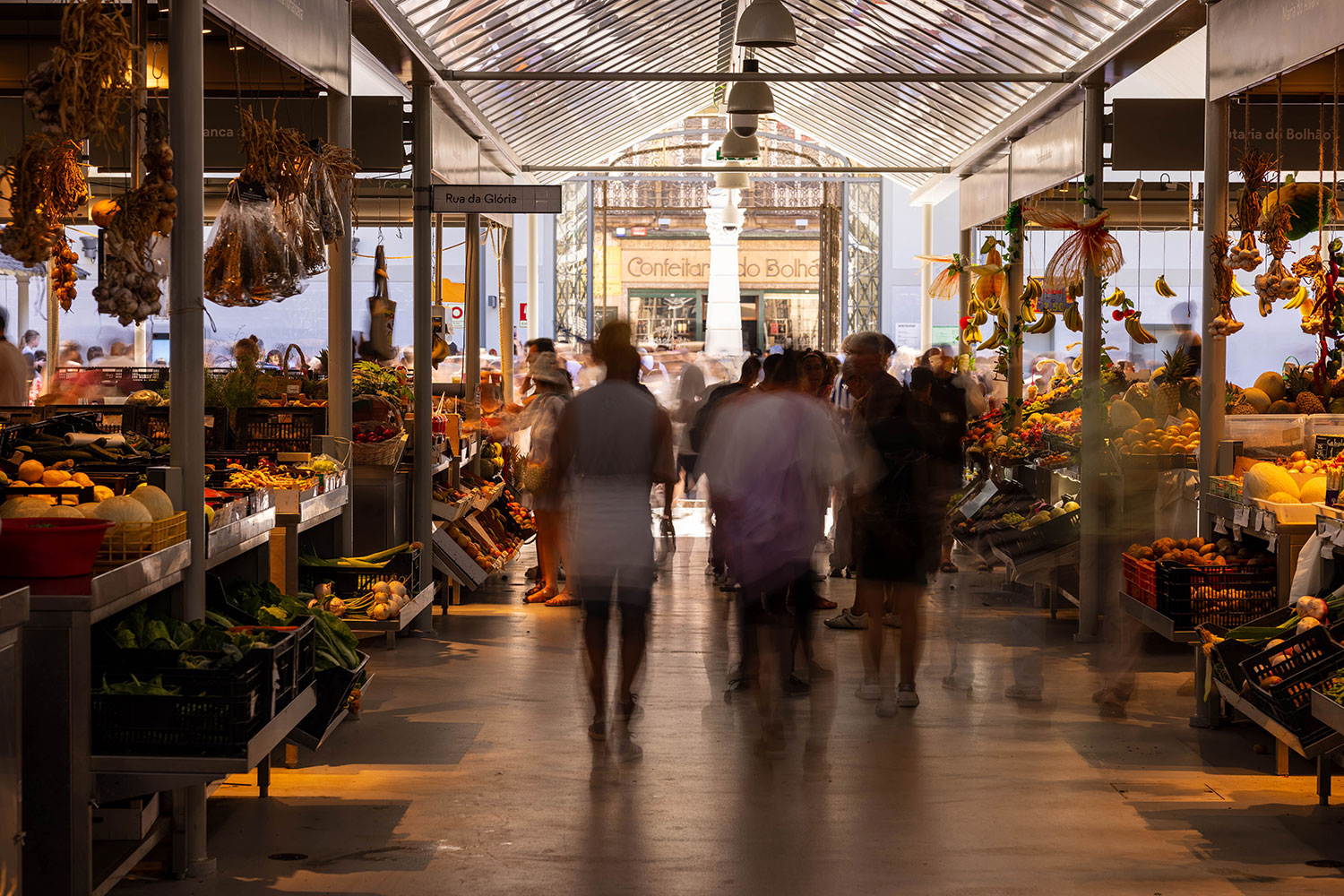
3. Estação de São Bento – São Bento Train Station
Porto’s main railway station would be the next option to photograph azulejos (ceramic tiles). Approximately 22,000 hand-painted tiles on the interior this time for a change. I especially liked the almost complementary contrast of those blue tiles and the yellow ceiling reflecting on the floor.
Being the entrance hall of the main train station and a tourist attraction at the same time, you will likely have to deal with people in your imagery. Integrate them into your scene and use the crowds to showcase the atmosphere with long exposure shots or shadows! I would recommend you take a wide-angle lens and maybe some ND-filters again.
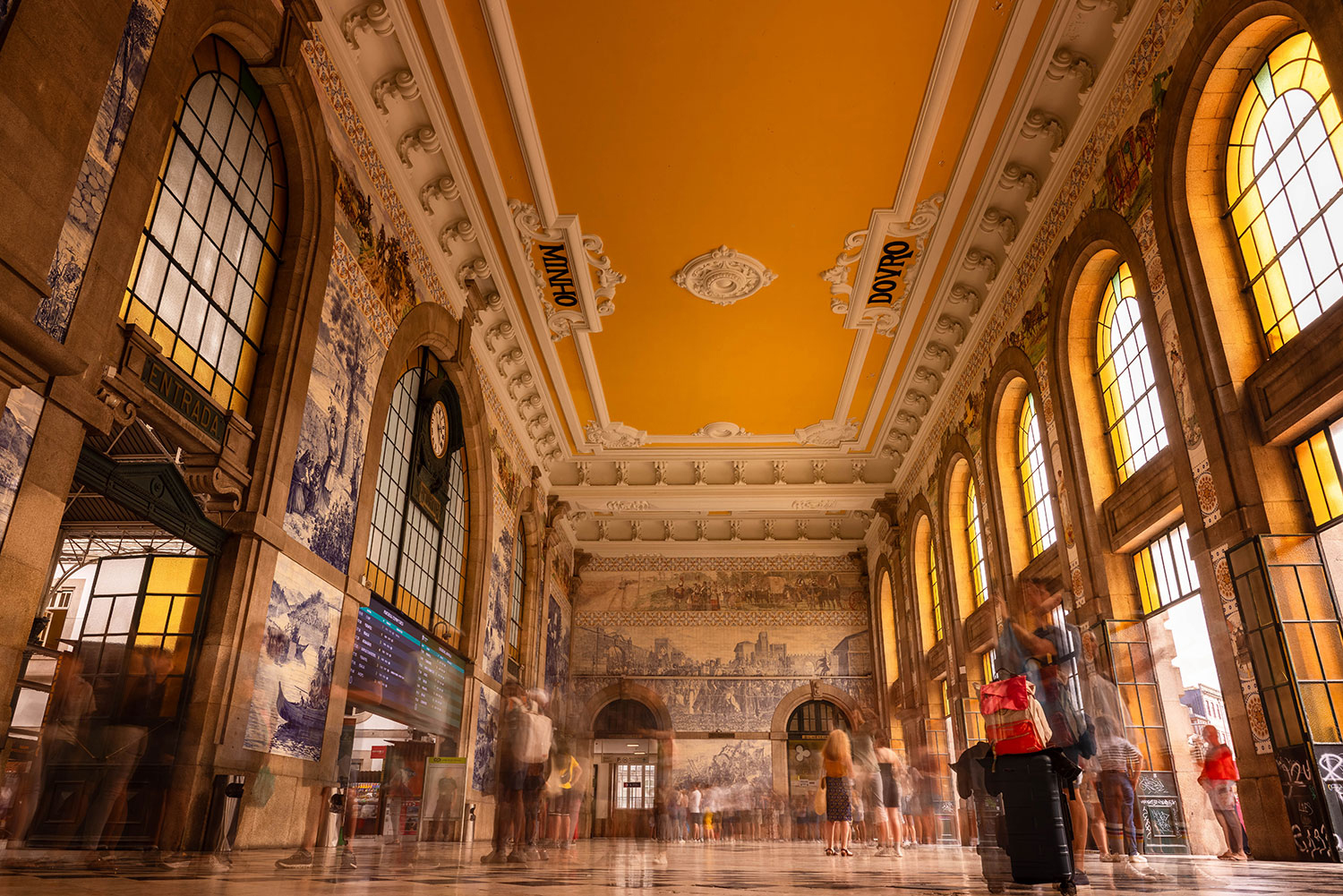
4. Ponte Luis I – Luis I bridge
The Dom Luis I bridge is the most central and probably most iconic of the six bridges that connect Porto over the Douro River. It is a metal arch bridge completed in 1886 with two levels and was designed by German architect Teophile Seyrig, a disciple and business partner of Gustave Eiffel (who designed the “Ponte Maria Pia” another Porto bridge just a bit upstream. Both levels are open to pedestrians and while the upper level is additionally used by trams only nowadays, every other vehicle else has to squeeze through the lower level, which made it a bit too busy for me to concentrate on compositions.
Don’t be confused that you will find it named in various ways depending on the source. According to the tourist information, the official name of the bridge is “Ponte Luis I”, named after the king (in Portuguese “dom”) Luis I (formerly written “Luiz”) and that is why there are slightly different versions around: it is the same bridge!
Photography-wise there are quite a few options to take into consideration: the top level of the bridge is a stunning sunset location. Long exposures with the tram in it are also great on the upper level. The lower level offers completely different perspectives and photo opportunities facing the old Cais de Ribera house fronts. And then of course there are plenty of perspectives from all directions along the river to shoot the bridge itself, which will be covered in the relevant locations of this guide.
Google Maps is quite confusing to use for this location as it is lacking the third dimension of the terrain and doesn’t differentiate between upper or lower levels of the bridge. You might end up approaching the bridge on the wrong street and will have to make an exhaustingly long detour with a lot of steps to climb to get to the level that you wanted. I recommend scouting and understanding this location before if you aim for a time-critical photoshoot at sunset, for example.
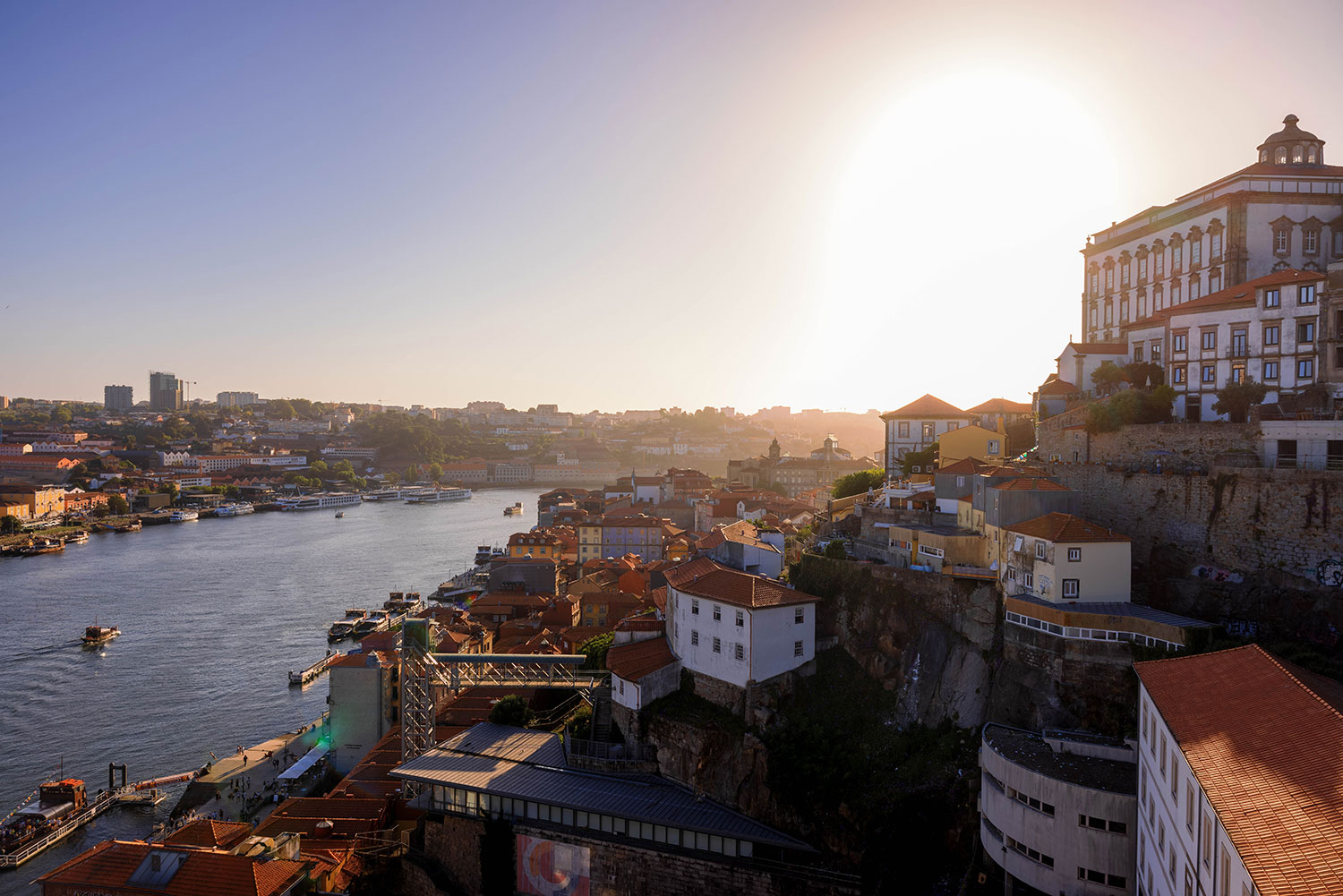
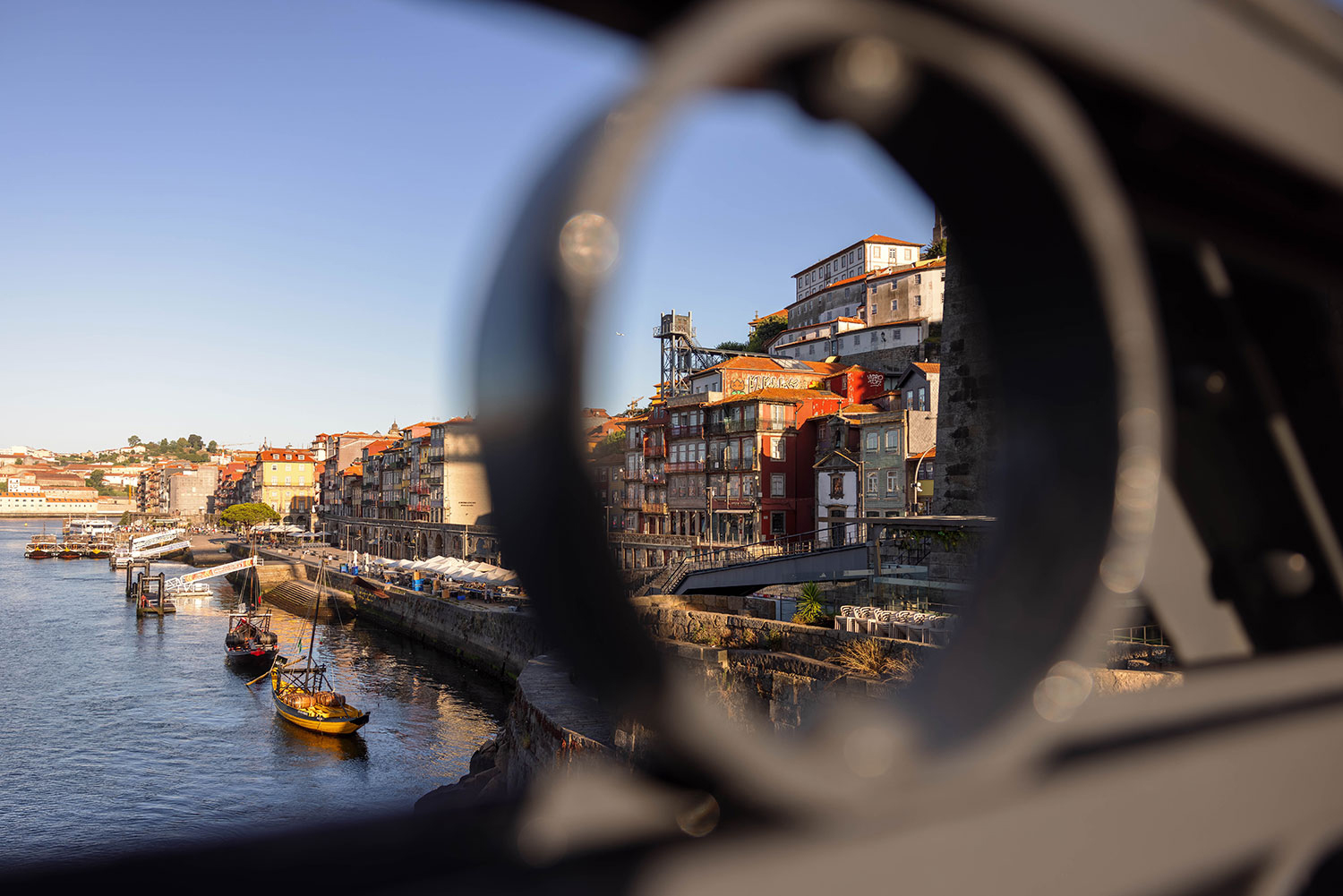
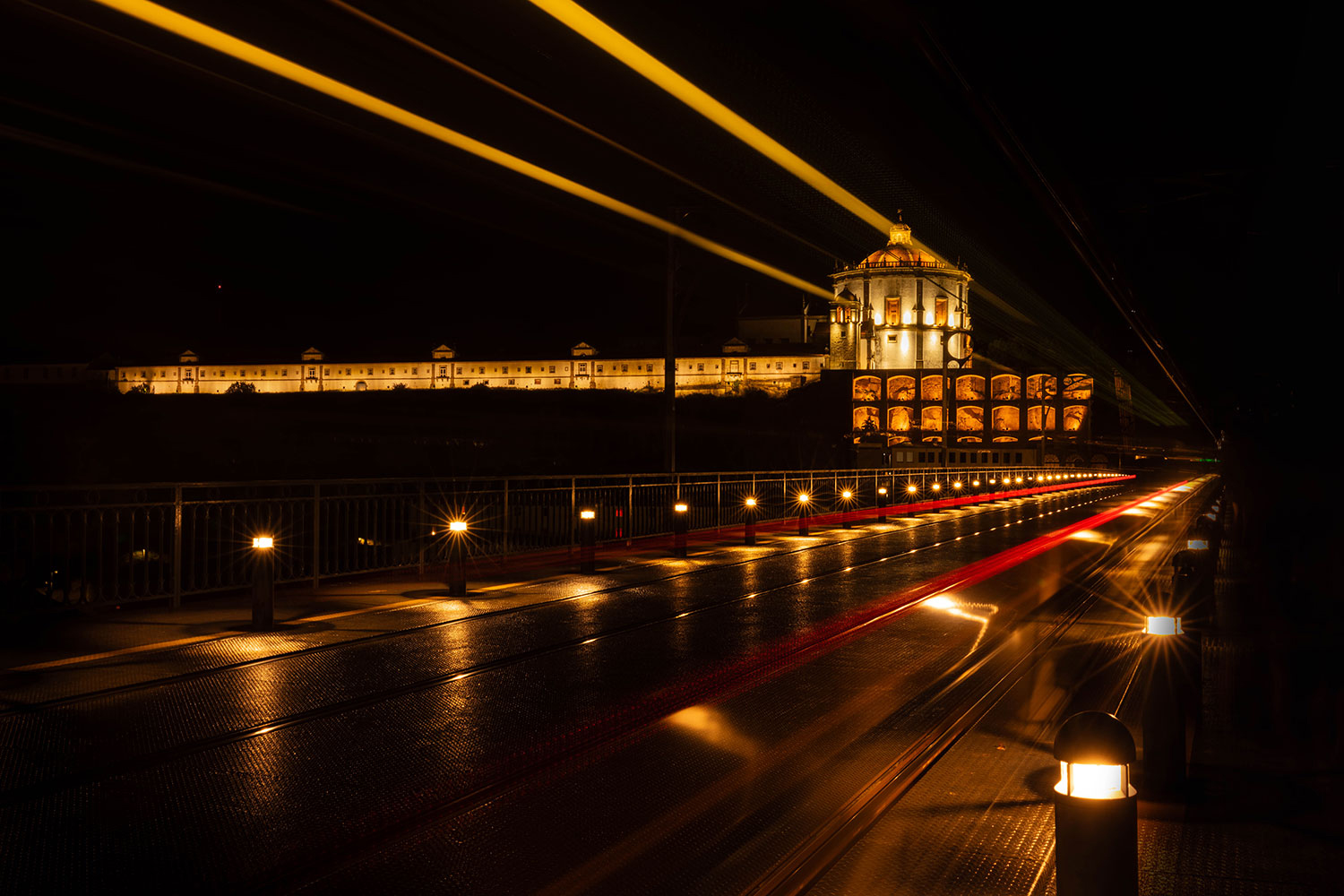
5. Miradouro Mosteiro da Serra do Pilar – Serra do Pilar Monastery Viewpoint
One of those locations to photograph the Ponte de Dom Luis I and another famous sunset location can be found right next to the upper-level entrance of the Gaia side (south-east) of the bridge. The monastery itself is beautiful and definitely worth some photos.
Most people, however, will come to watch the city, the Douro river and the Ponte de Dom Luis I from this high vantage point. Sunsets are usually crowded. You might want to arrive in time to get a front row spot that you like, or you will have to squeeze in.

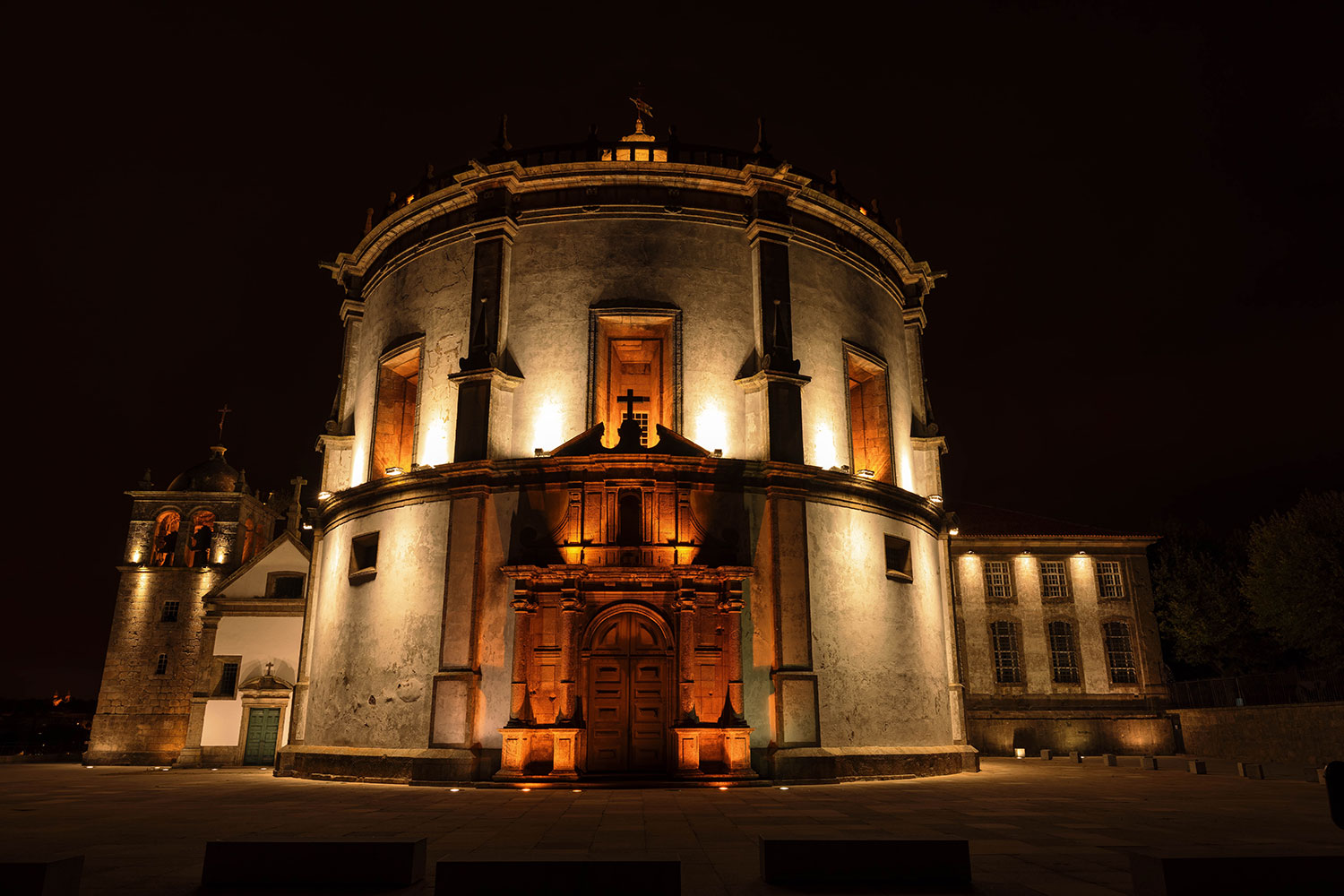
6. Douro river – Cais de Gaia
My favourite stroll around town is on the edges of the Douro River. I prefer to be on the Vila Nova de la Gaia side. You will have the historic Rabelo boats moored right in front of you and amazing views towards those gorgeous house fronts on the other riverside and the iconic Dom Luis I bridge to your right. Although this is my favourite spot in Porto for all times of the day, the absolute magic happens when the city lights start to be switched on.
The location covers a stretch of approximately 1 km, spreading from the Ponte Luis I, all the way down to Miradouro Cais de Gaia Ponte Dom Louis, where the river bends around a corner, and you will be able to photograph the Luis I bridge more or less straight on.
A light tip: Some lights illuminating public buildings (for example the Luis I bridge) were turned off at midnight sharp when I visited in July/August. I happened to have set up my camera on a tripod for a last perfect shot of the day, took my time to adjust some settings deep down in the menus, and when I looked up again to push the trigger: the bridge was gone. Disappeared in darkness.
I used the same location for sunrise photos and I can definitely recommend this spot, however, I didn’t get lucky with a striking sunrise, hopefully you will!
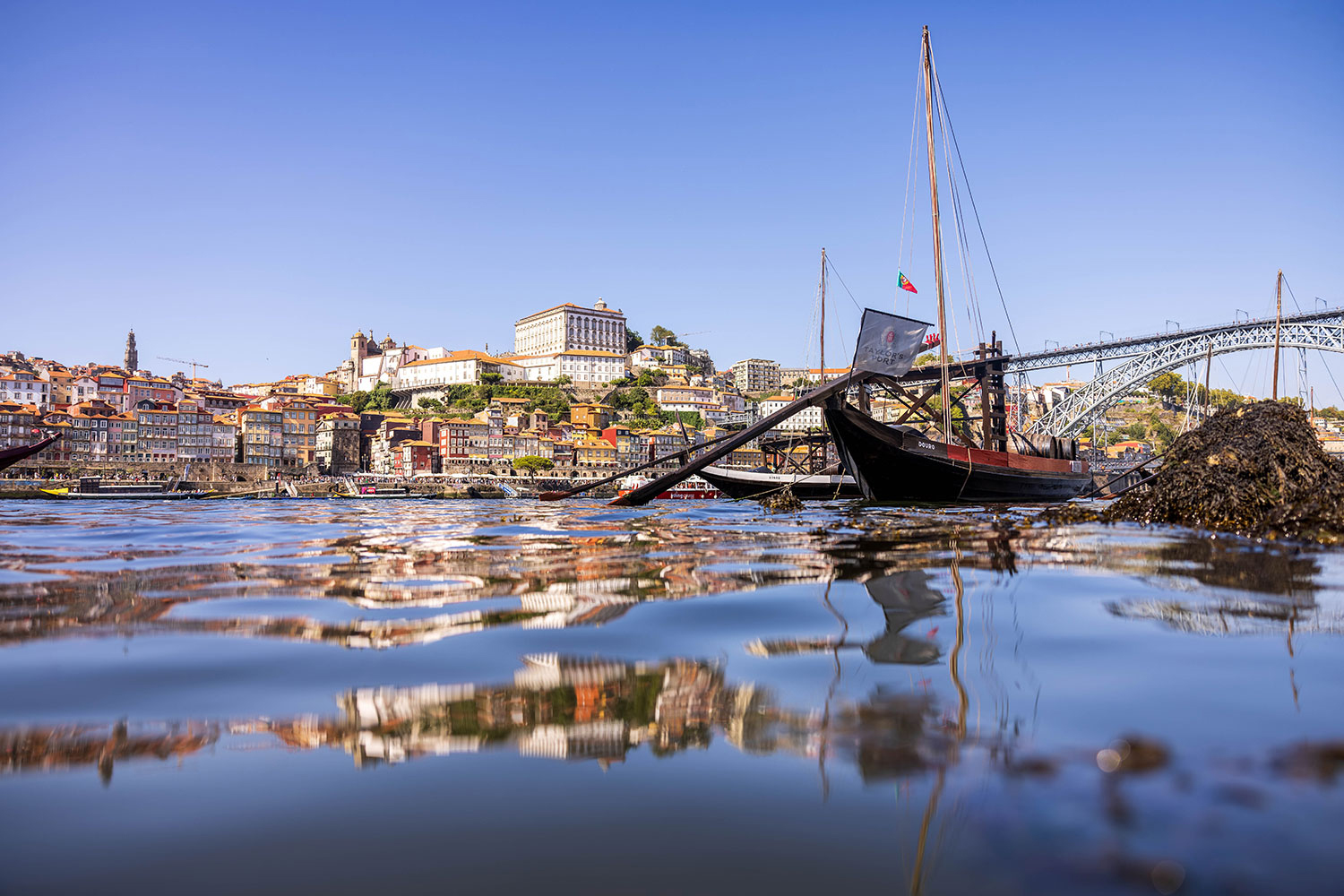
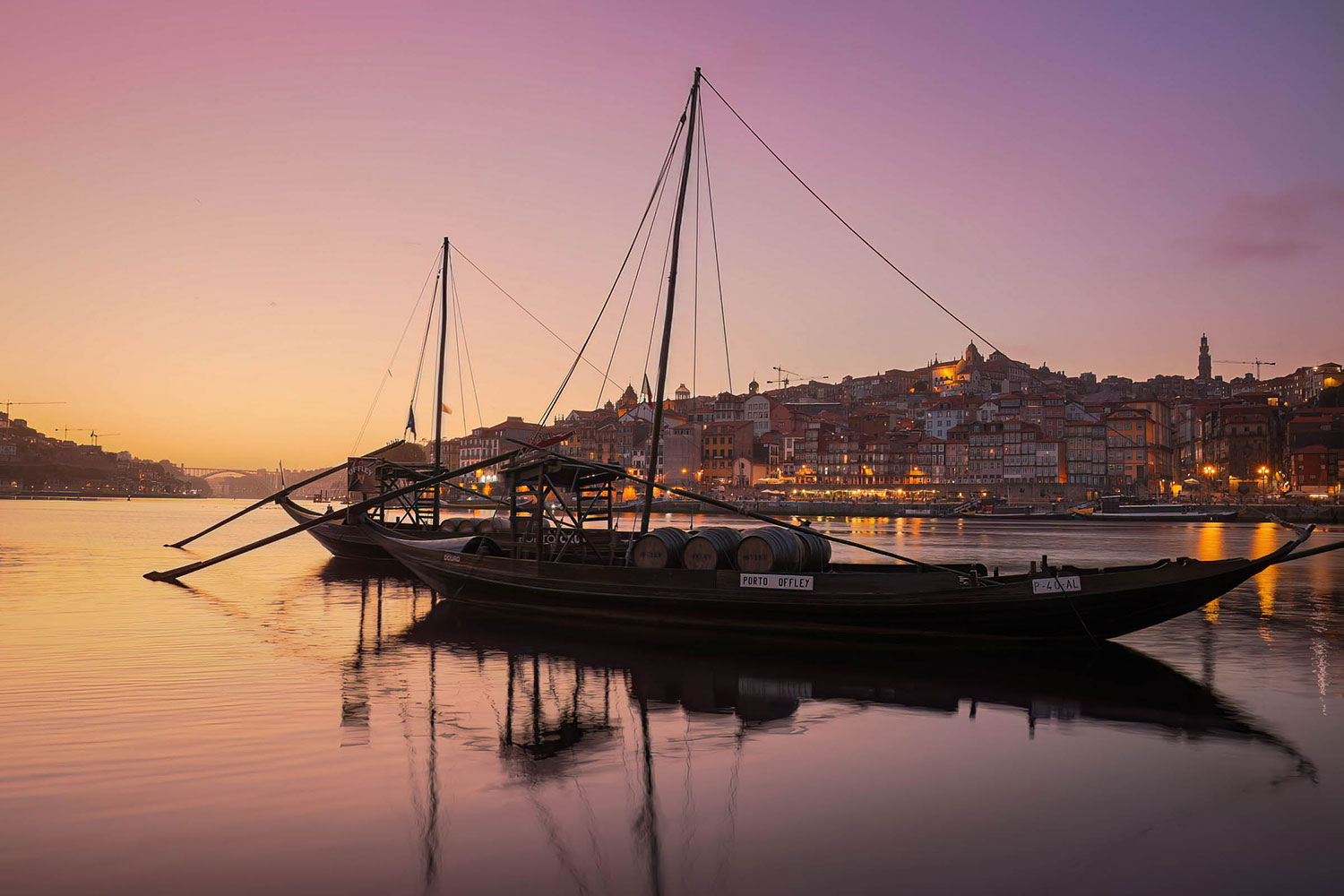
7. Mercado Beira-Rio – Beira-Rio Market
Just one street parallel to Cais de Gaia you will find another market for some refreshment should you have spent your energy with the excitement of the riverside views. The Mercado Beira-Rio not only offers great food, drinks and atmosphere but again some good options for photographers.
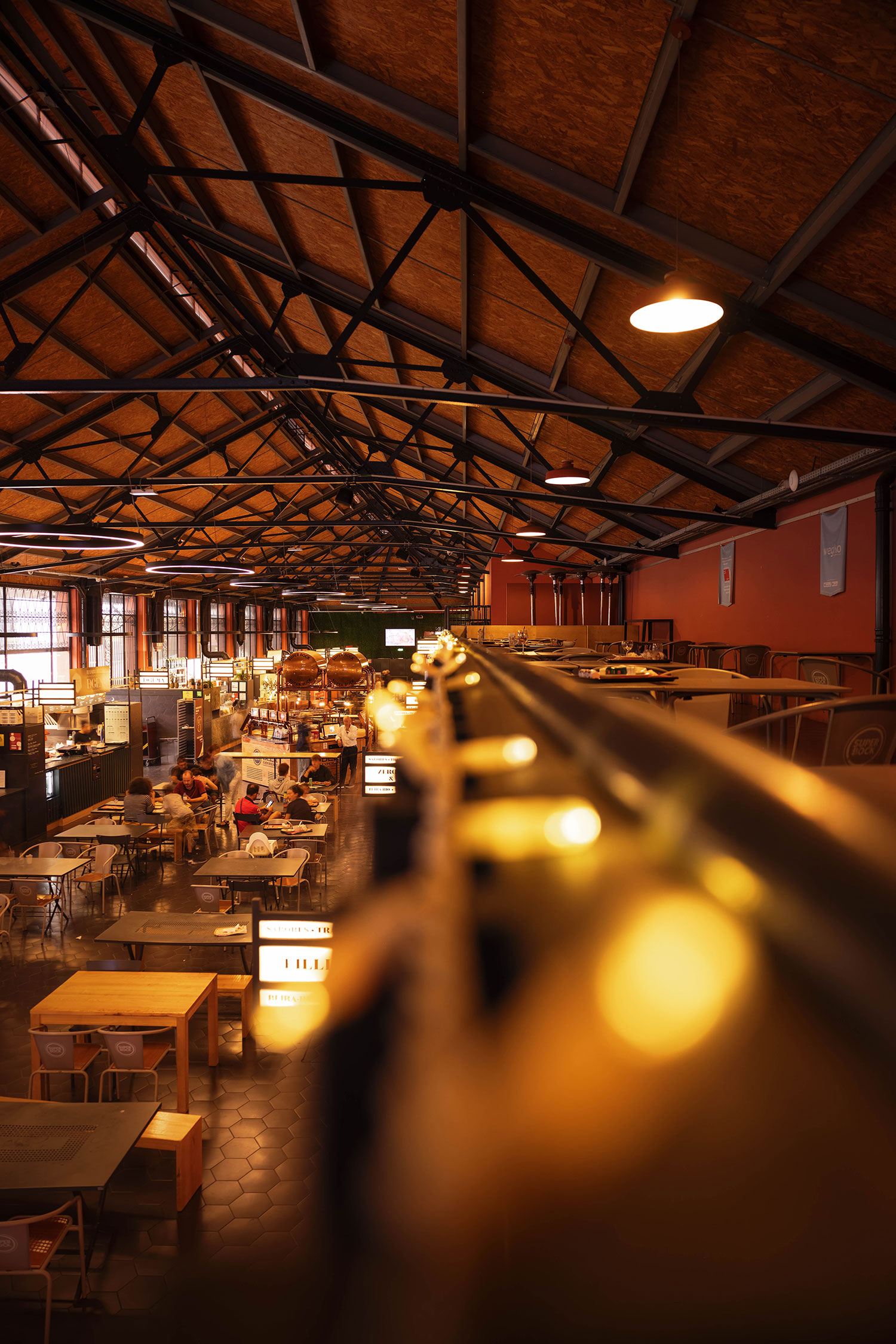
8. Half rabbit
Around the corner on Rua Guilherme Gomes Fernandes 42 sits a gigantic rabbit – a piece of 3D street-art by Lisbon artist Bordalo II. The rabbit is made out of rubbish and found objects, a critique of our society’s wastefulness, mass production, over consumption and its effect on nature. Only half of the rabbit consists of colourful pieces, the other half is more or less unicolour. A classic Itten colour theory contrast, combined with its placement at the corner of the building, adds to the strong visual dissection of the rabbit and a very cool 3D effect.
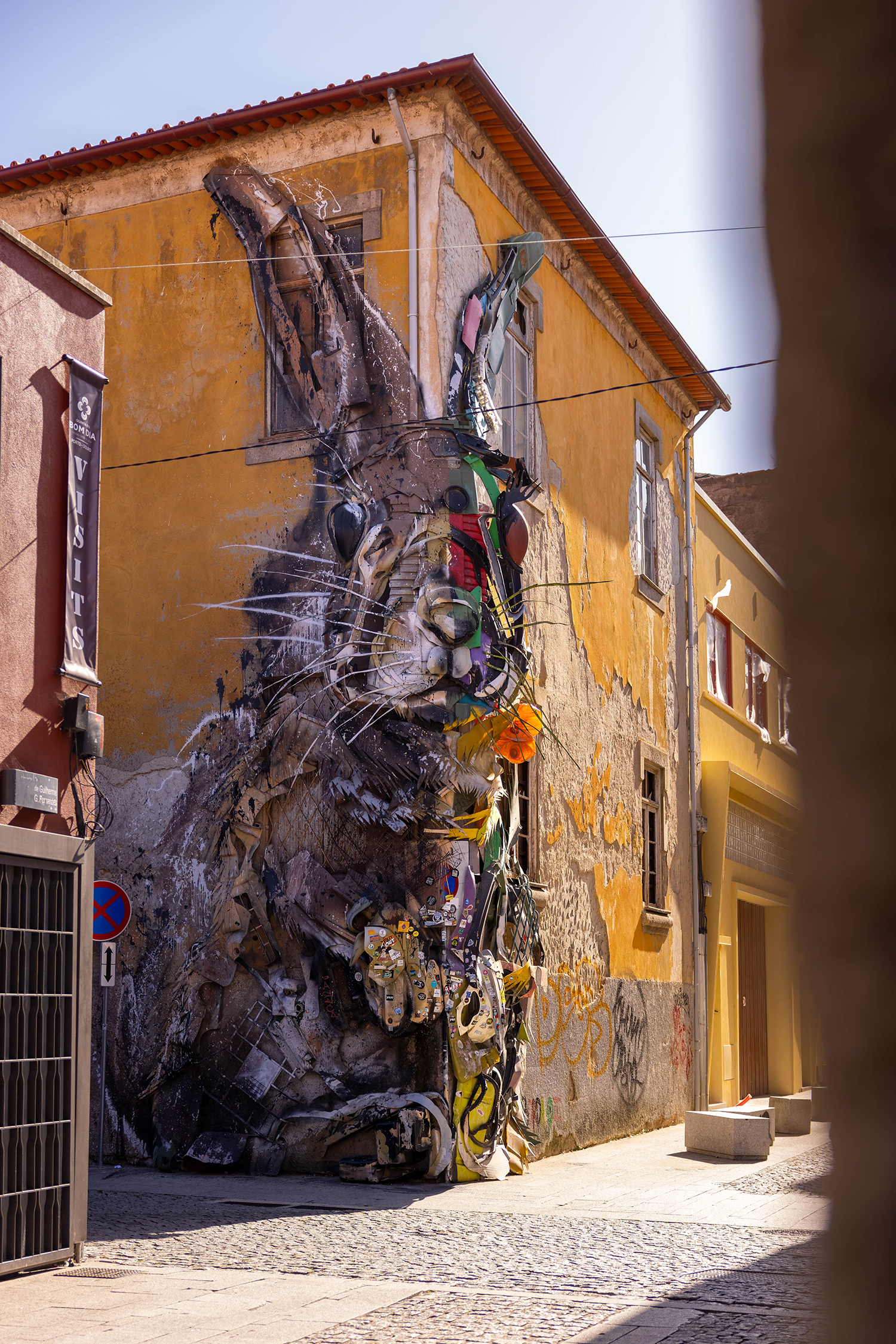
9. Douro river – Cais da Ribera
Returning to the other side of the river, you will get a closer look at the beautiful little houses that are lining the waterfront of the Barrio da Ribeira. Besides their colourful painting and patina, they seem to have to lean onto each other and that makes them so characteristic and adorable to. Of course, you will get more perspectives to photograph the Luis I bridge from this side as well. Evenings tend to be a bit too busy and touristy here for my taste and I preferred this side of the river in the mornings and to watch it from the distance of the Gaia side in the evenings or at night.
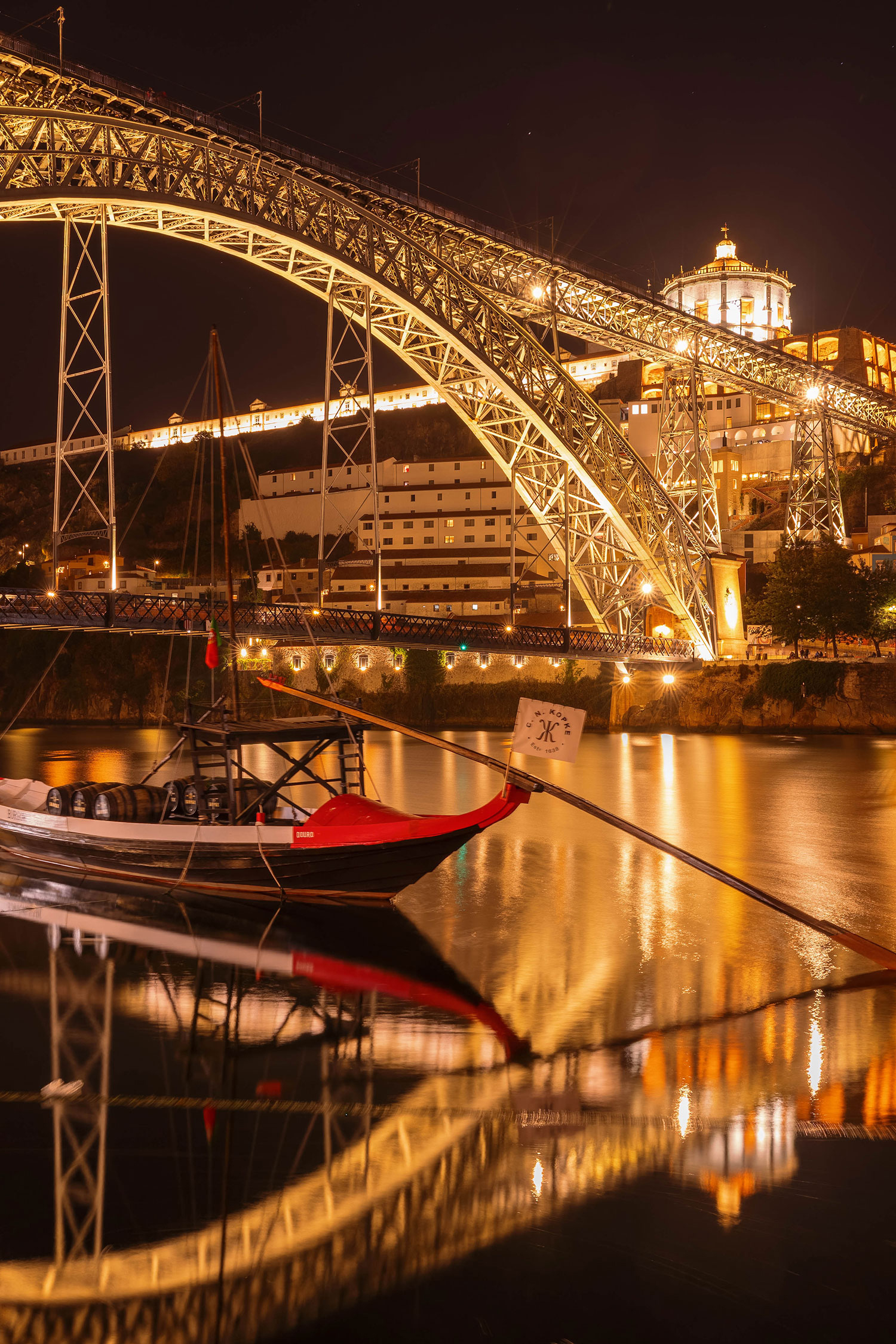
10. Street Art – ‘Host’
From huge paintings down to sticker art, you will find a lot of urban artworks in the streets of Porto, not all of it is illegal, but some of it is promoted and supported by municipal initiatives, making the city even more alive and dynamic. “Host” by Frederico Draw is one of my favourites. This portrait of a beautiful old man (apparently the grandfather of the artist) welcomes everybody crossing the Ponte Luis I from Gaia on the upper deck due to its prominent position. Even though you cannot miss it, the complete address is Avenida Vimara Peres 23.
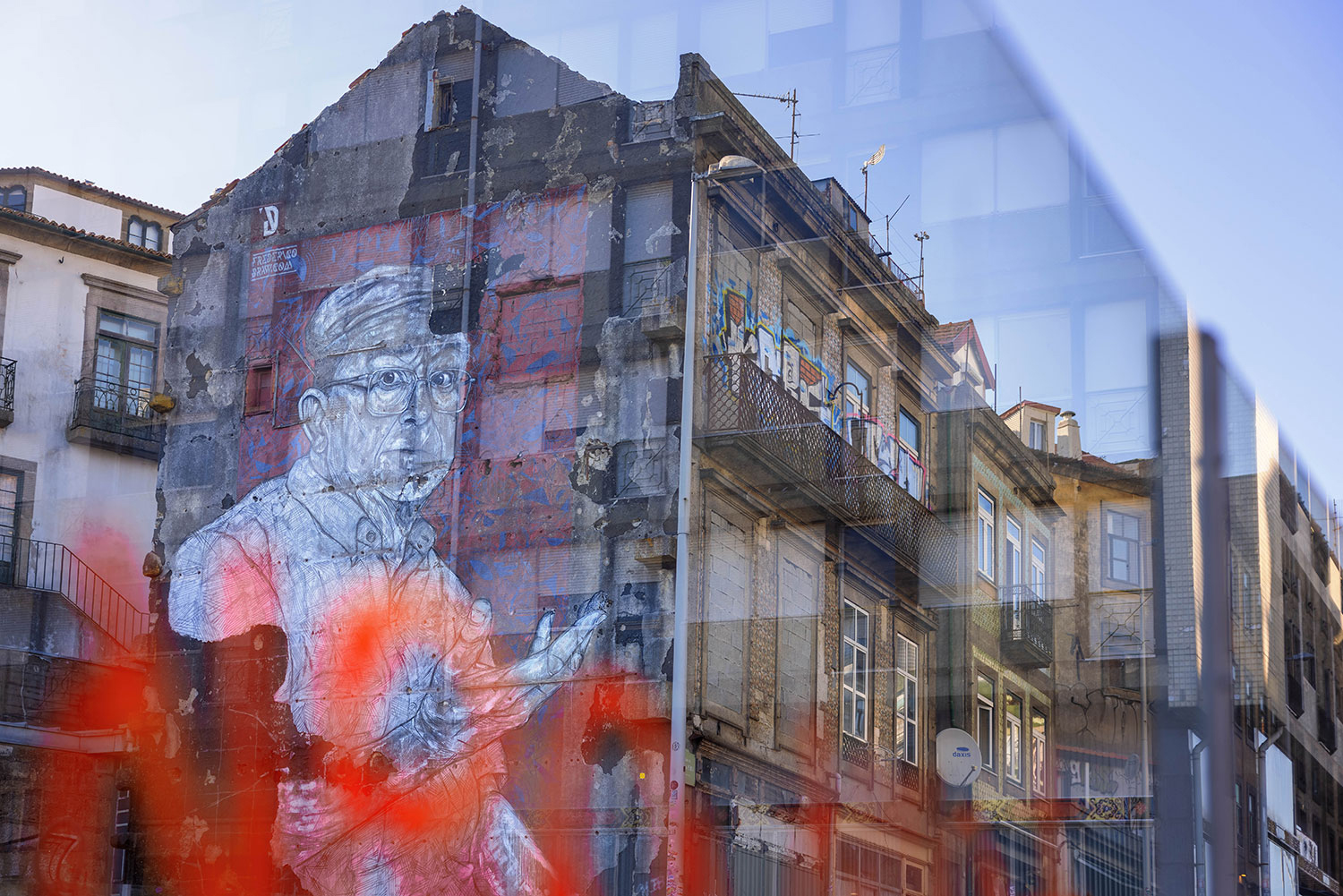
11. Torre dos Clerigos – Clerigos Tower
Climb up around 240 steps of Clerigos Tower if you don’t mind a workout. You will be rewarded with the best birds-eye perspective of Porto. Dominating the city with a height of 75.6 meters, it has become a symbol of Porto and you will often see its silhouette while roaming around in the streets below. But for me, the real deal is to use it as a ladder into the sky. Interestingly, there is a reduced night entrance ticket price and being up there in the dark with all the city lights floating beneath you… well, what should I explain more?
One piece of advice: bring sunglasses and something to cover the strong floodlights that are illuminating the tower (a pullover will do if you don’t mind it ending up on the floor). It will help to avoid irritating your camera, and eyes!
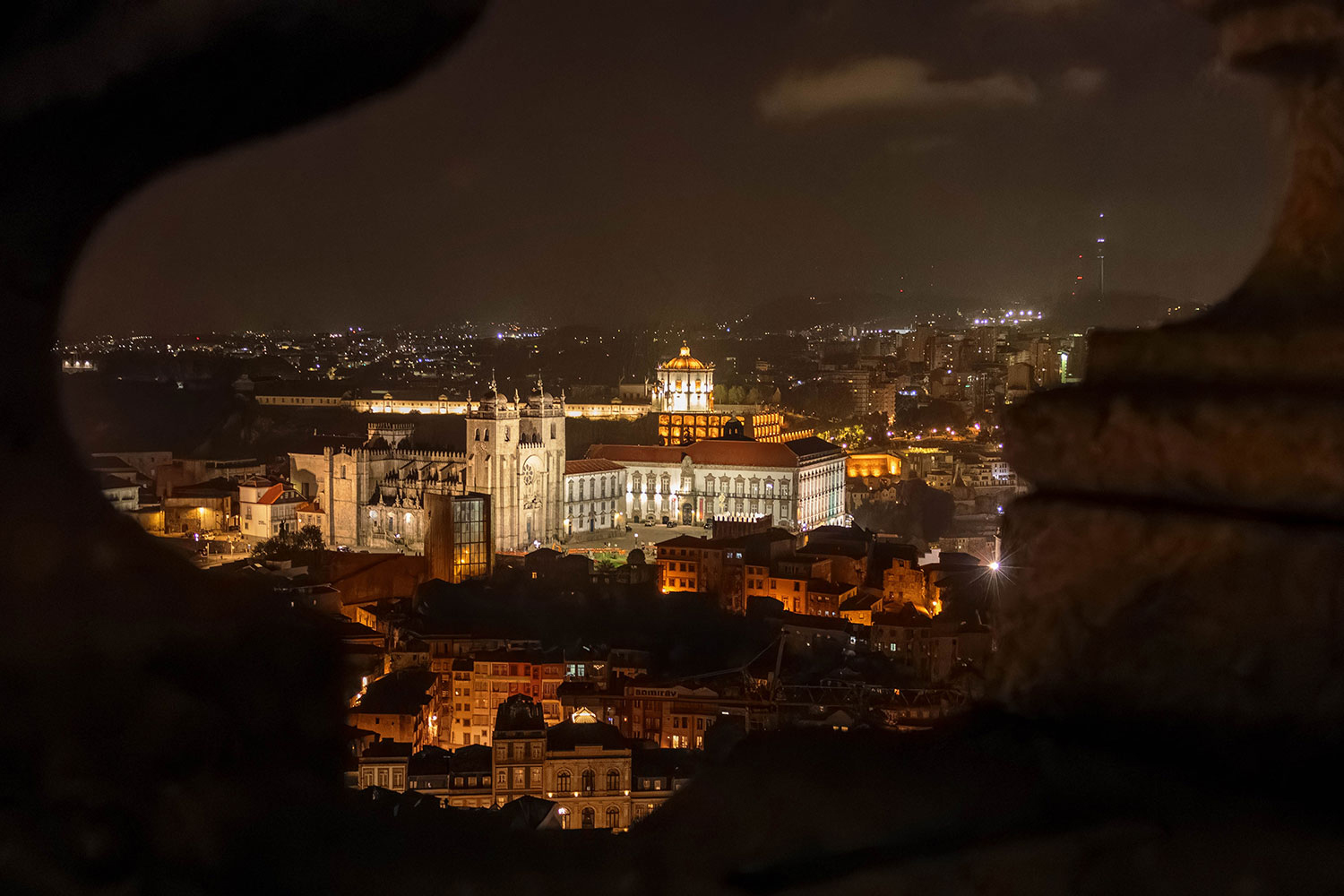
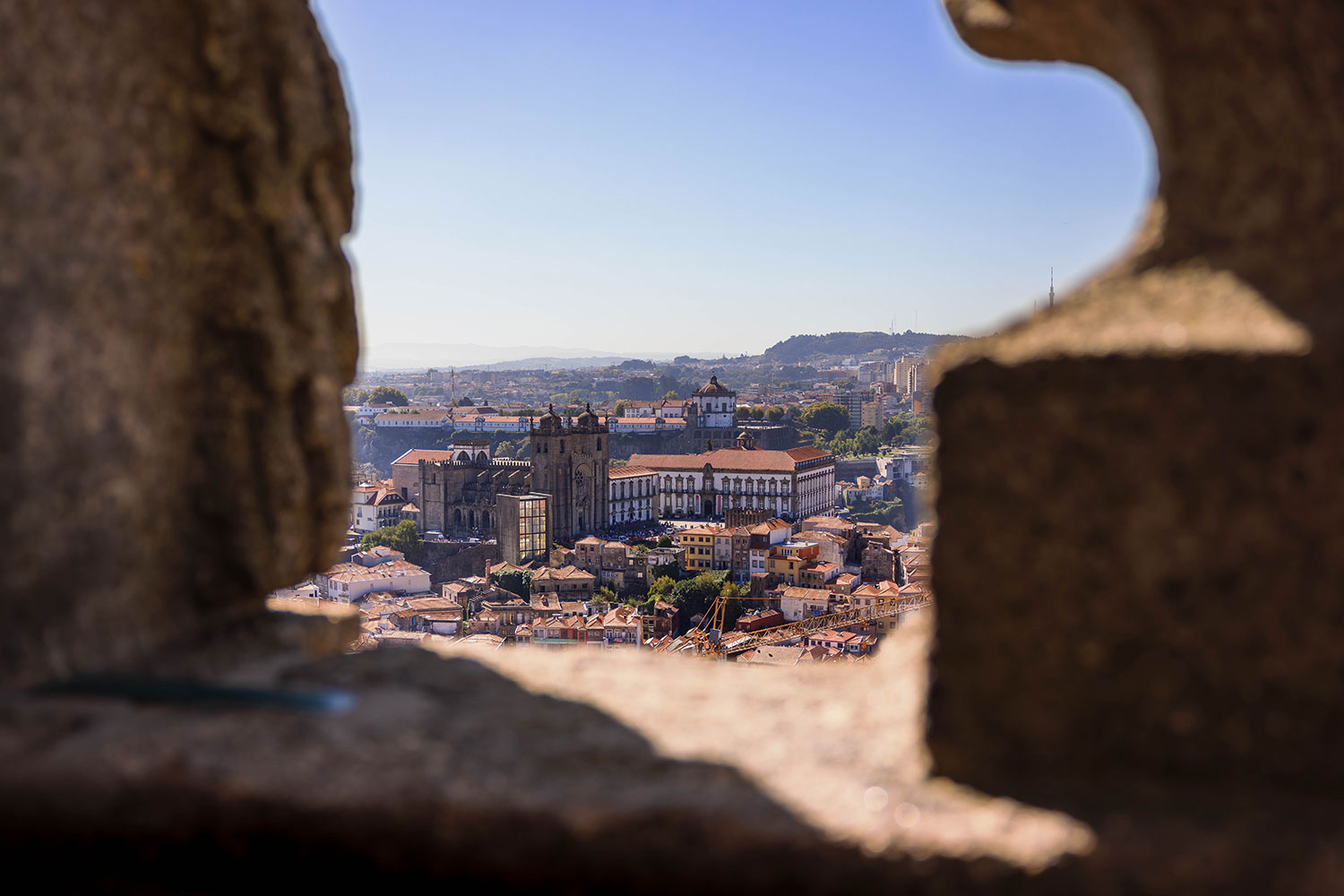
12. Casa da Musica
This last and most off-centre photography location tip for this guide is the Casa da Musica – the only modern building included in this list of my favourite spots. And as much of a contrast as this piece of modern architecture by Dutch architect Rem Koolhaas represents to the patina-rich centre of Porto, I liked it very much for its tribute to Porto’s traditions.
The building sits in the centre of a skatepark with street culture happening around it to integrate into your photos if you like. Don’t forget to look up at the windows: reflecting the surroundings and allowing glimpses of intricate interior details, melting inside and outside, modern and traditional together.
But wait until you see the interior of the Casa da Musica. You will need to buy a ticket for an open tour or a guided tour to see it. I opted for an open ticket, which will be a bit more limited in terms of what you can see, but it allowed me to go through it alone and at my own pace. I loved the modern interior architecture. One small room just blew me away, the “Sala VIP” a multi-cornered, Azulejo tile-covered room, high up on the fourth floor with a huge window front overlooking Porto. You will get an incredible afternoon light in here, casting some wild shadows from the windows over those multi-angled walls of the room.
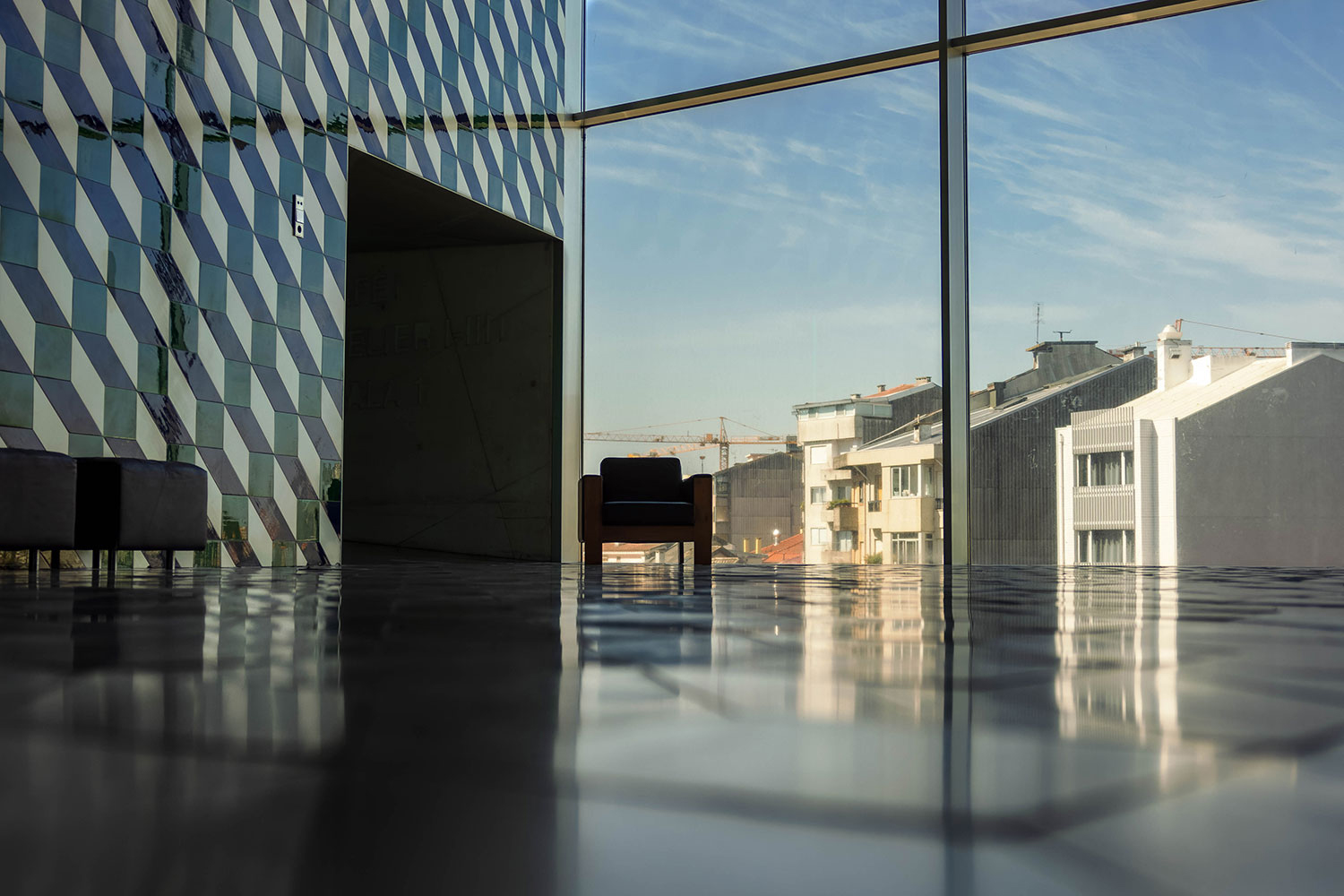
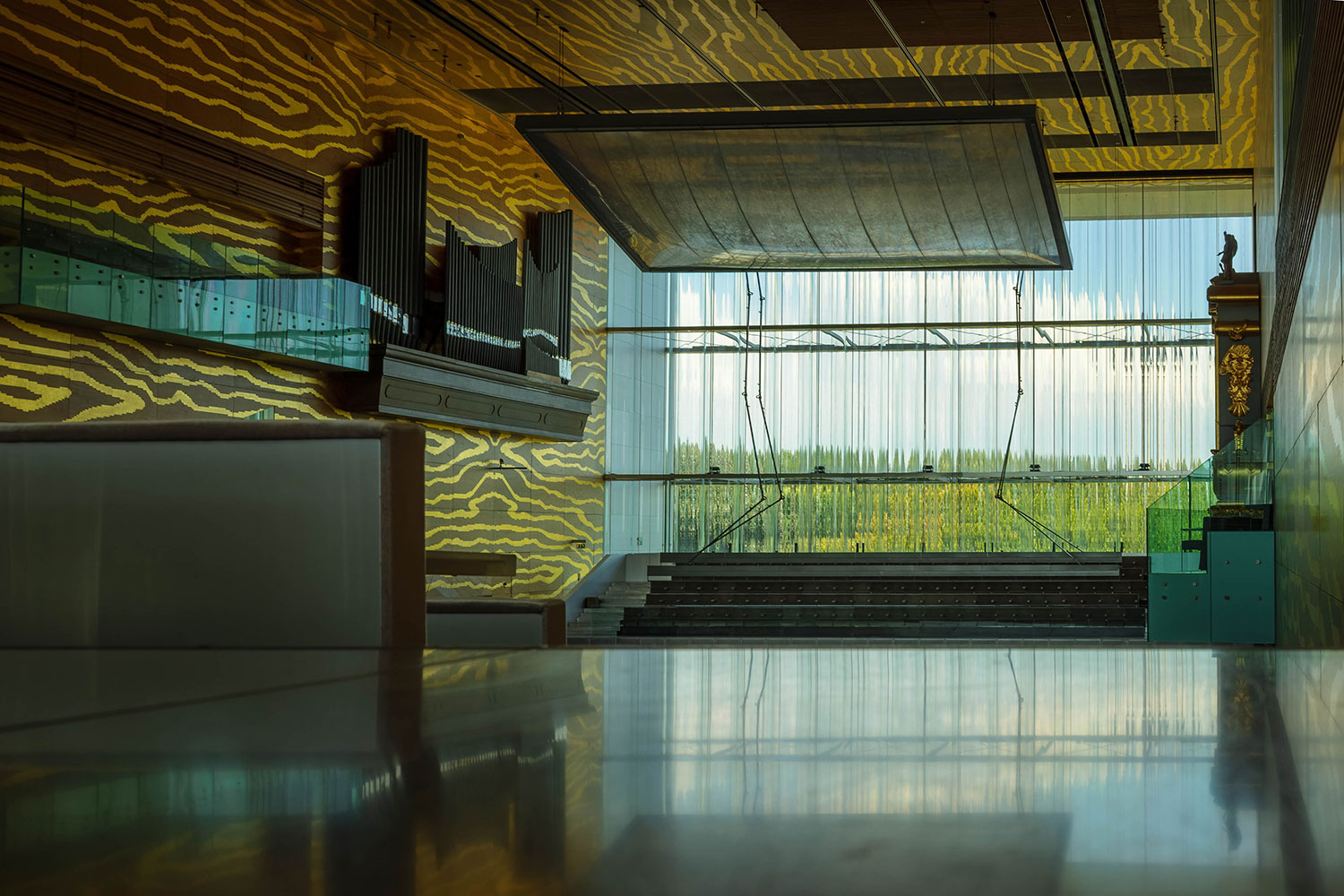
Your Google Map for photographing Porto
A little note on driving – Porto isn’t a city to drive around if you’re worried about tiny streets. Streets in the historic centre have obviously been made long before cars were heard of. If you should be arriving by car, be very careful where to leave it. Nothing happened to me, but the internet is quite full of stories about break-ins on common parking areas. I never had problems in Portugal and always felt safe while being reasonably cautious of where to leave my belongings.
Enjoy photographing Porto…
Not every potential photography location is mentioned in this guide. Porto is just full of them, and there had to be some element of curation to include my suggestions, and I may have missed some, that allows you to discover your own on your wanders around the city.
If you’ve got any favourite vantage points or experiences you’d like to share, please note them in the comments!
Visiting Lisbon too? Read The Guide to Lisbon Photography Locations here.
Additional Reading: A Guide to Photographing the Atlantic Coast of Portugal
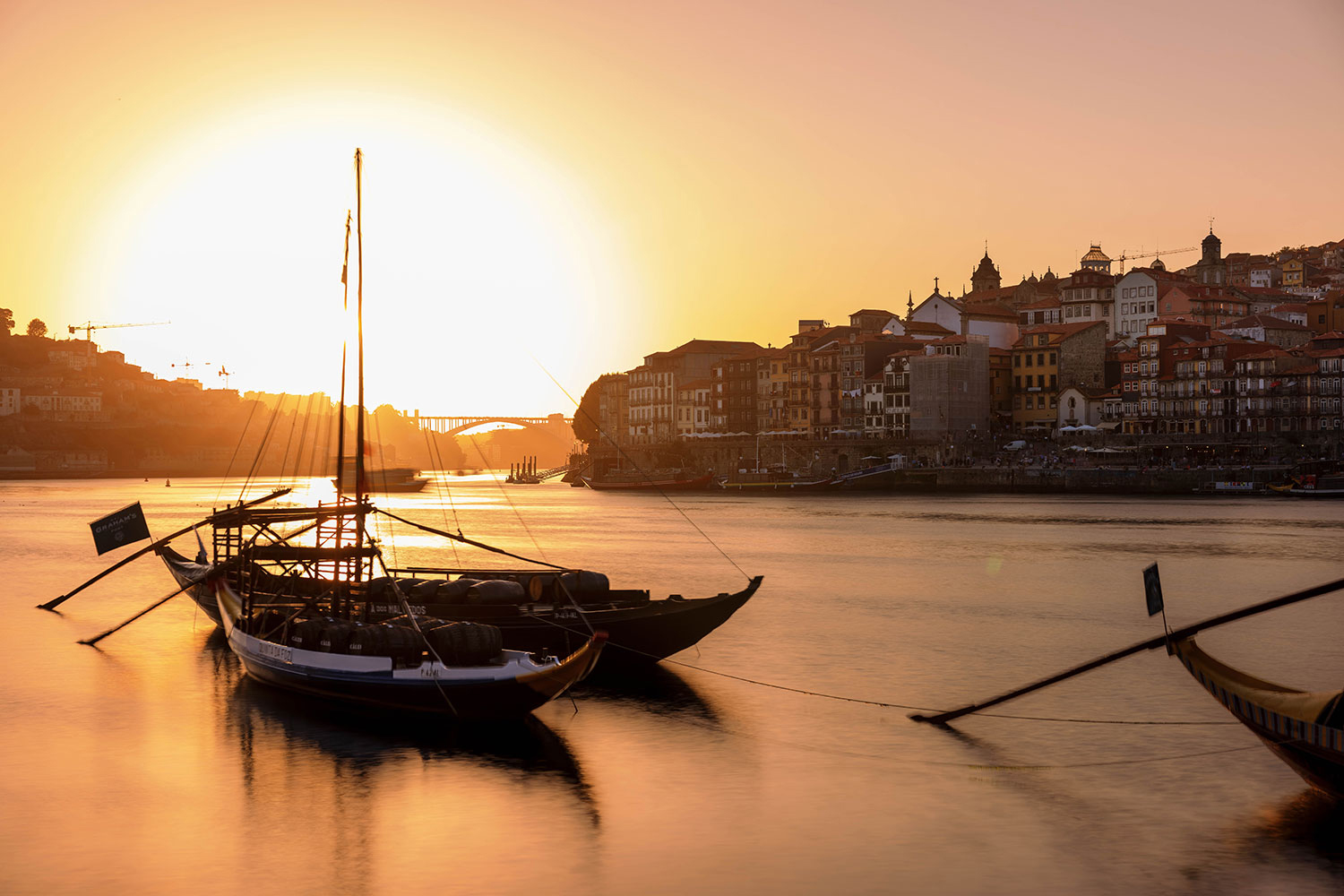
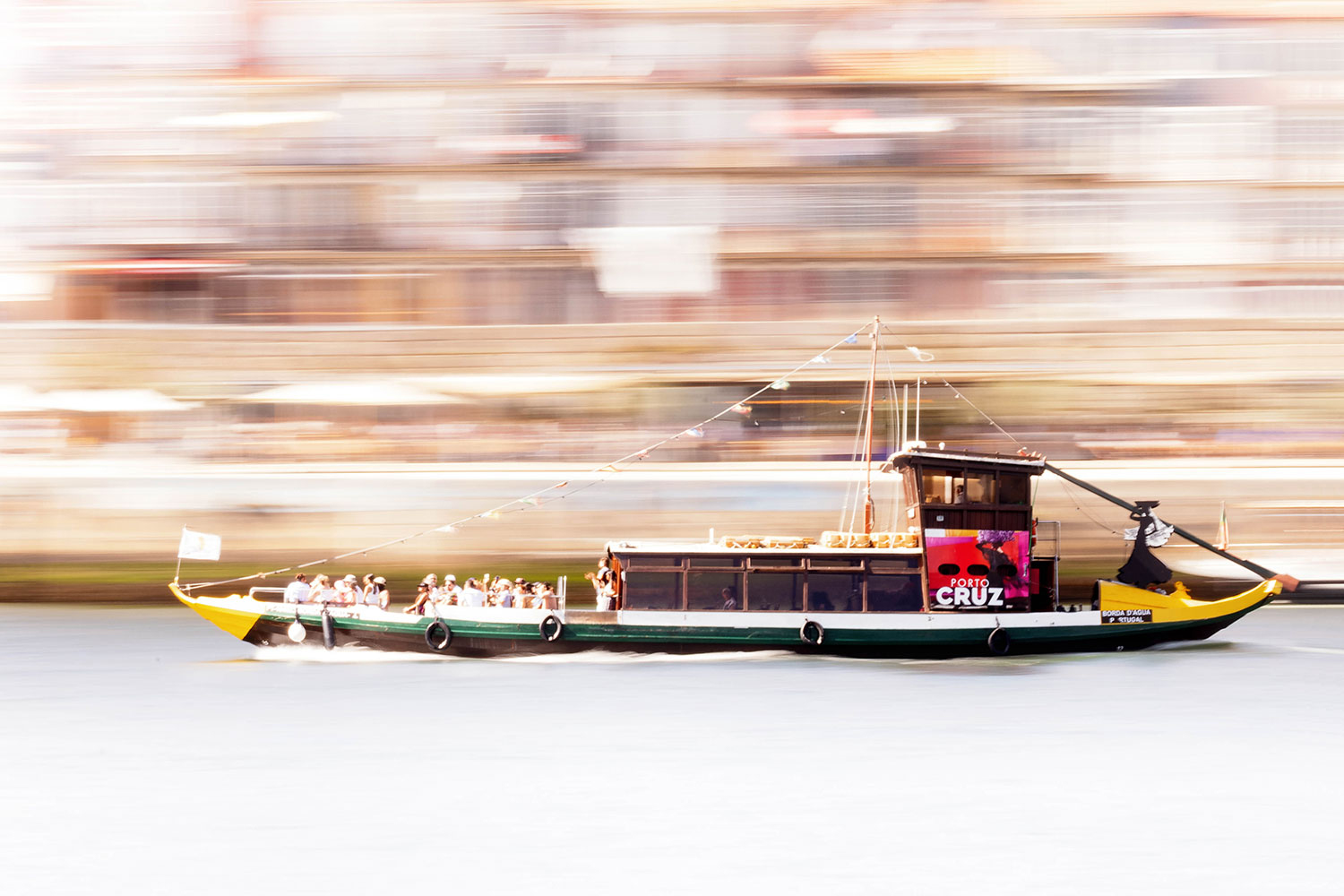
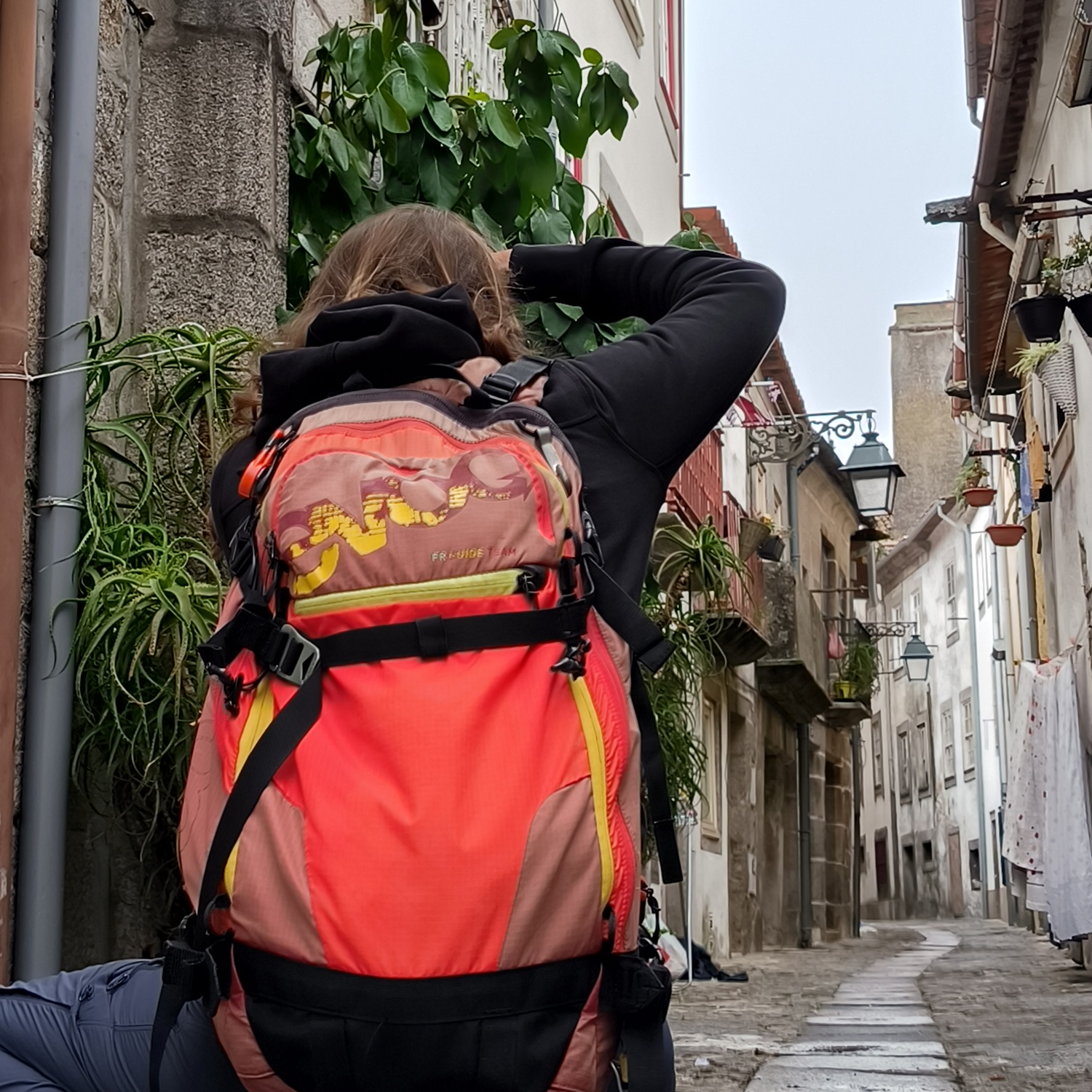
Nomad by heart and a passionate van traveller, Julie Baaske is a creative professional who found her key to creativity in diversity. When not working as a freelance car designer, she will most likely be found exploring some new places with a sketchbook or tablet, watercolour brushes or her camera. Follow the whiite rabbit and a designer on the road, via whiite.space

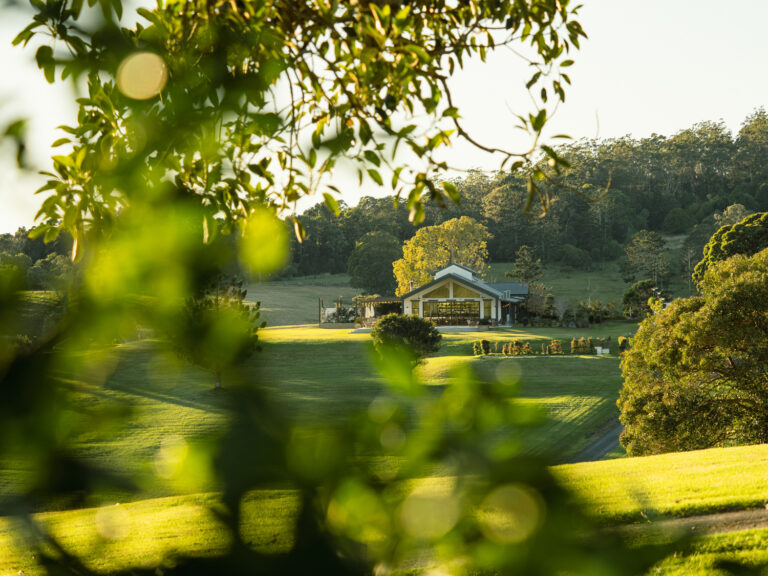
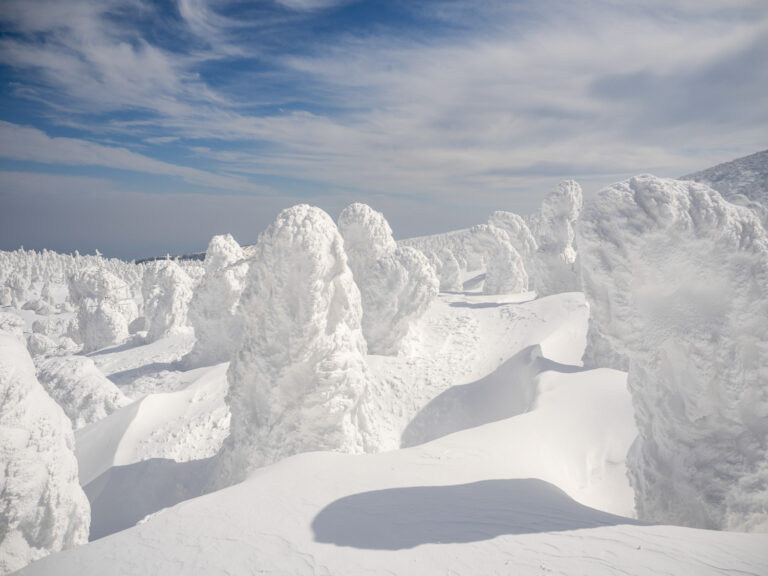
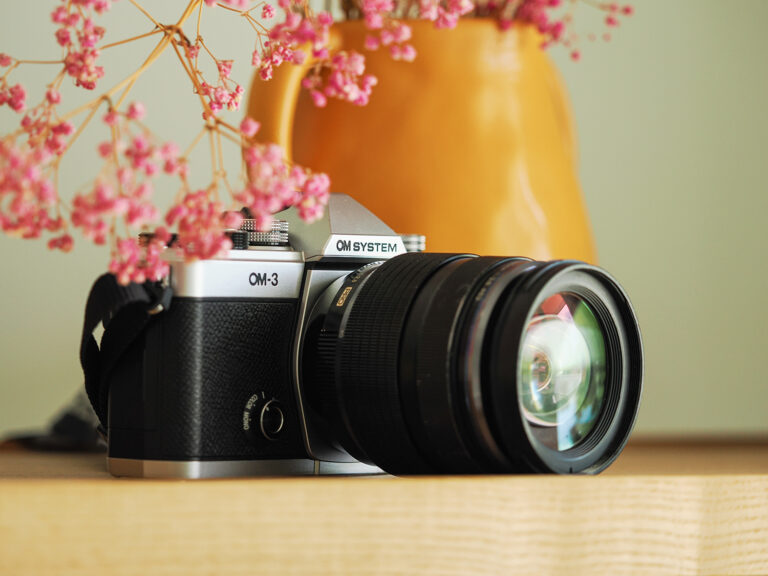
Leave a Comment